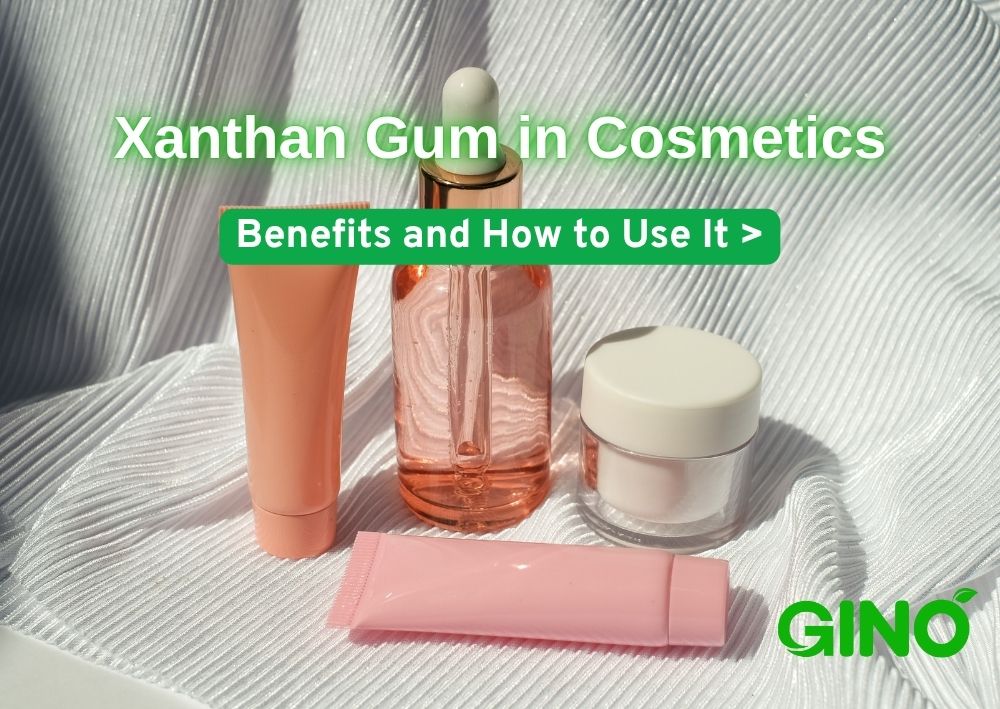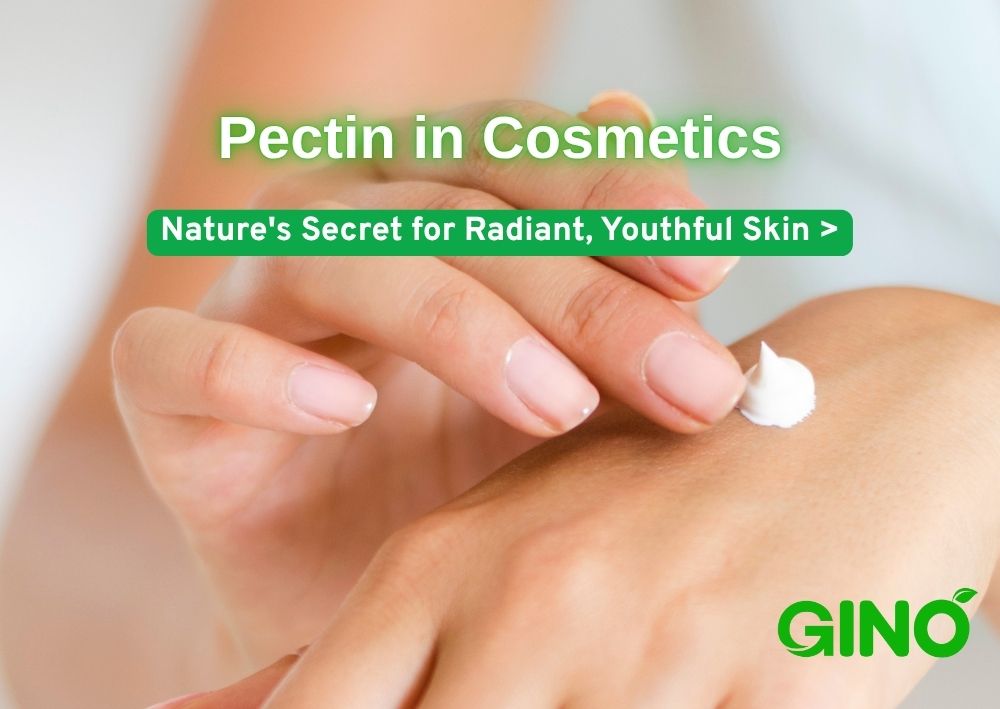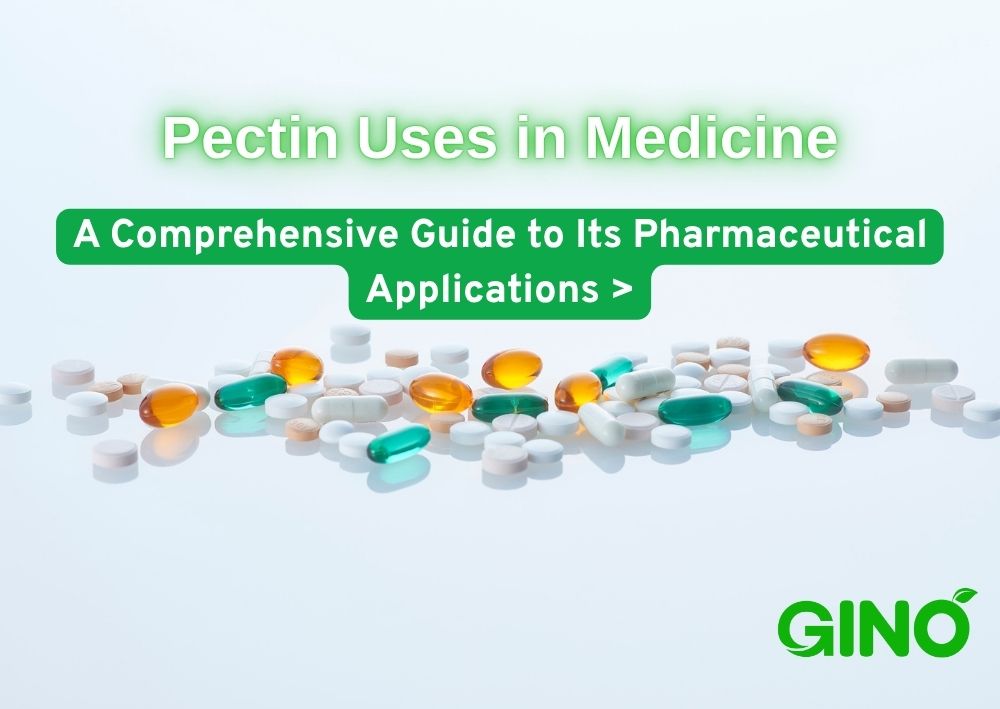
Gellan Gum in Plant Tissue Culture: Next-Gen Gelling Technology
Gellan Gum in Plant Tissue Culture
In the world of plant tissue culture , the choice of gelling agent may seem like a small detail - but it plays a critical role in the success of plant propagation and regeneration. For decades, agar has been the go-to solidifying agent for culture media used in plant tissue culture.
However, in recent years, gellan gum in plant tissue culture has emerged as a powerful alternative that offers several advantages over traditional agar. It is becoming increasingly popular among researchers and commercial growers alike due to its unique properties and performance benefits.
In this blog post, we’ll explore what gellan gum in plant tissue culture is, how it works, and why more labs and researchers are choosing it today.

Gellan gum is a water-soluble polysaccharide produced by the bacterium Sphingomonas elodea . Originally developed as a thickening and stabilizing agent for food products, its unique properties quickly caught the attention of the biotechnology and plant science communities.
Gellan gum comes in two main types:
High Acyl vs. Low Acyl Gellan Gum
高アシルジェランガム: forms a soft, elastic gel due to the presence of acyl groups. It offers more flexibility and is suitable for applications where gentle support is needed.
低アシルジェランガム: produces a firm, brittle gel with high clarity and stability. It is preferred for applications requiring clear, defined gels - such as in microbiology, plant tissue culture, and food products like jellies, suspended drinks, and confectionery.
For most plant tissue culture applications, low acyl gellan gum is preferred due to its ability to form clear, stable gels at relatively low concentrations (typically between 0.2% and 0.4%).
2. Key Advantages of Low Acyl Gellan Gum in Plant Tissue Culture
Why Use Gellan Gum Instead of Agar?
While agar has long been the standard for solidifying plant tissue culture media, gellan gum offers several key advantages that make it a superior choice for modern applications.
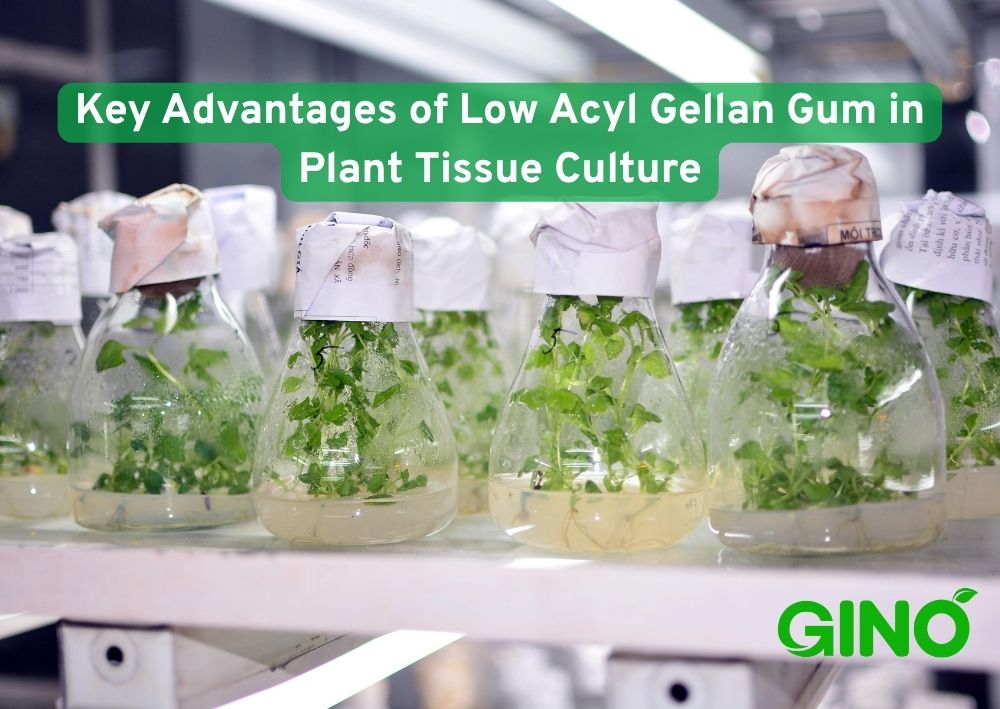
2.1 Exceptional Clarity
One of the most noticeable differences is the clarity of the medium. Gellan gum produces a crystal-clear gel - with transparency levels reaching up to 90% - making it much easier to observe root development, callus formation, and other morphological changes. This high level of visibility is especially valuable in research settings where visual monitoring is critical, and it also allows for early detection of contamination.
2.2 Lower Usage Concentration
Gellan gum achieves strong gel formation at much lower concentrations than agar - typically between 0.05% and 0.5% , or about one-fifth the amount required for agar . This not only reduces material costs but also minimizes interference with nutrient availability and plant growth.
2.3 Chemical Consistency and Reproducibility
Unlike agar, which can vary in composition depending on its source, gellan gum is a well-defined, chemically pure polysaccharide. This consistency leads to greater reproducibility across experiments and between laboratories, making results more reliable and easier to compare.
2.4 Improved Water Retention
Gellan gum gels retain moisture better than agar, significantly reducing the risk of desiccation during prolonged culture periods. This is particularly beneficial for slow-growing species or when cultures need to be maintained over extended durations without frequent subculturing.
2.5 Reduced Browning and Contamination Risk
Studies have shown that gellan gum can help reduce phenolic browning and microbial contamination compared to agar. Its purity and lack of complex carbohydrates make it less likely to support the growth of contaminants such as mold, improving overall culture health and success rates.
2.6 Brittle Gel Structure
The gels formed by low acyl gellan gum are firm and brittle rather than elastic. This structure can be advantageous in certain applications, especially those involving sensitive explants or regeneration systems where minimal mechanical resistance is preferred.
2.7 Easy Removal from Plant Tissues
Thanks to its brittle nature, gellan gum can be easily washed off plant roots before transplantation. This simplifies the acclimatization process, reduces stress on the plants, and improves survival rates after transfer to soil or other growing media.
2.8 Heat-Irreversible Gel
Once set, gellan gum does not melt when reheated - a useful feature during sterilization and long-term culture storage. This heat stability ensures consistent medium structure throughout the culture period, even under varying temperature conditions.
3. Applications of Gellan Gum in Plant Tissue Culture

Gellan gum has been successfully used across a wide range of plant tissue culture techniques, proving to be a versatile and effective gelling agent. These applications include:
3.1 Micropropagation of ornamental and fruit plants
Gellan gum supports the rapid multiplication of high-value species such as orchids, roses, and banana plants, offering a clear and stable medium for shoot proliferation and root development.
3.2 Somatic embryogenesis
Its uniform gel structure and transparency make it ideal for the induction and development of somatic embryos, especially in species like conifers and coffee.
3.3 Organogenesis
The stable gelling properties of gellan gum support the formation of shoots, roots, and other organs from explants, making it suitable for regeneration studies.
3.4 Callus induction and regeneration
Gellan gum provides a consistent matrix that supports callus growth and subsequent regeneration into whole plants, particularly useful in genetic transformation experiments.
3.5 Haploid and doubled haploid production
In breeding programs, gellan gum is often used in anther or microspore culture due to its ability to maintain a stable environment for cell division and development.
It has proven effective for both monocot and dicot species, with notable success in difficult-to-culture plants such as orchids, bananas, potatoes, and various woody species. Its performance across diverse systems makes it a preferred choice for labs aiming to improve efficiency and reproducibility in plant tissue culture.
4. How to Use Gellan Gum in Culture Media
Using gellan gum in tissue culture is straightforward, but there are a few best practices to keep in mind for optimal results:
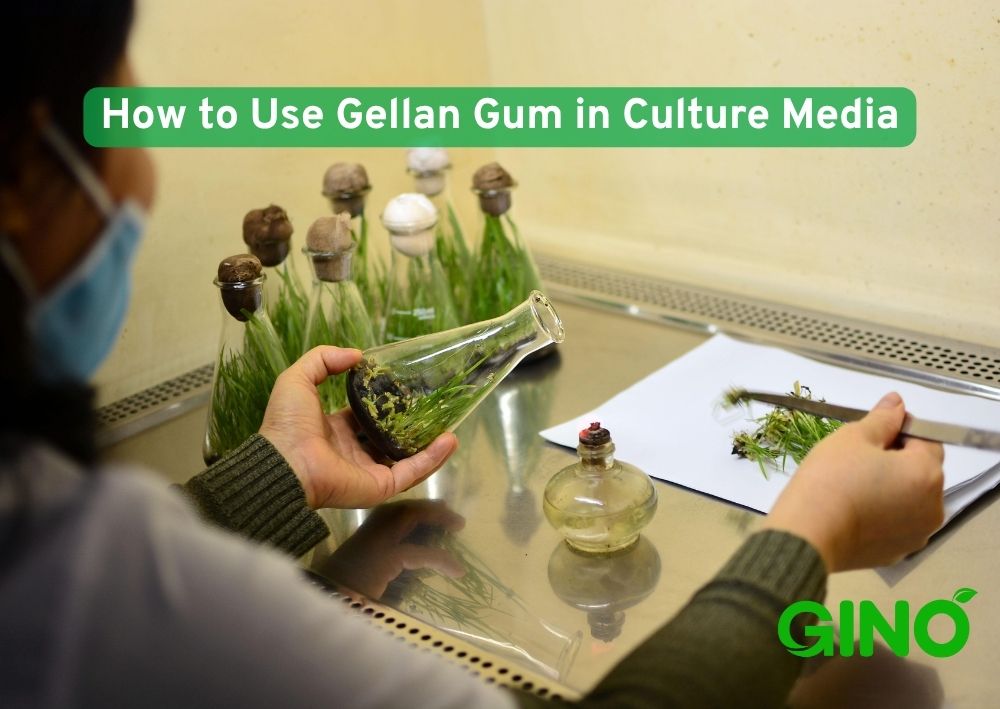
4.1 Measure the correct amount
For most plant tissue culture applications, a concentration of 0.2% to 0.4% (w/v) gellan gum is typically sufficient. This translates to 2-4 grams per liter of culture medium. A commonly used brand is GELRITE®, and 2 g/L is often enough to form a stable gel.
4.2 Dissolve in liquid medium
For most plant tissue culture applications, a concentration of 0.2% to 0.4% (w/v) gellan gum is typically sufficient. This translates to 2-4 grams per liter of culture medium. A commonly used brand is GELRITE®, and 2 g/L is often enough to form a stable gel.
4.3 Add other components
Include all necessary nutrients, vitamins, sugars, and plant growth regulators before heating. Some formulations may also benefit from the addition of small amounts of CaCl₂ or MgSO₄ to enhance gel strength.
4.4 Heat and dissolve completely
Heat the mixture with constant stirring until it comes to a boil. Boil for about one minute to fully dissolve the gellan gum.
4.5 Adjust pH
After dissolving the gellan gum and other components, check and adjust the pH of the medium as needed - usually between 5.6 and 5.8 for most plant species.
4.6 Autoclave appropriately
Pour the medium into culture vessels (e.g., jars, test tubes, Petri dishes) and sterilize by autoclaving at 121°C for 15-20 minutes .
4.7 Allow to cool undisturbed
After autoclaving, let the medium cool at room temperature without disturbance. The gel will form as the solution cools.
Unlike agar, gellan gum forms a clear, stable gel upon cooling without requiring high temperatures for solidification. Its clarity and consistency make it especially useful for observing root development and other morphological changes during culture.
5.結論
As plant tissue culture continues to evolve, so too do the tools and materials we use - especially when it comes to selecting the right gelling agent. Gellan gum in plant tissue culture represents a significant advancement in gelling technology, offering improved clarity, consistency, and performance compared to traditional agar.
Whether you're working in a commercial micropropagation lab or conducting academic research, incorporating gellan gum in plant tissue culture could lead to better growth outcomes, fewer contaminants, and more efficient workflows.
So next time you prepare your culture media, consider giving gellan gum a try - your plants might thank you!

Ready to Make the Switch?
If you're looking for a high-quality, cost-effective alternative to GELRITE®, look no further. We offer premium gellan gum formulations that deliver the same reliable performance - with superior clarity, stability, and consistency - at a fraction of the price.
Contact us today or request a sample to see the difference for yourself.
📞 [Contact Us] | 📦 [Request a Sample] | 💬 [Get a Quote]
Upgrade your plant tissue culture media - without upgrading your budget.
お問い合わせ最近の投稿
化粧品に含まれるキサンタンガム:化粧品におけるキサンタンガム:その効果と使用方法
化粧品に含まれるペクチン:化粧品に含まれるペクチン。
会社概要
より健康的な生活のために植物由来のガム&スタビライザーを提供することを使命として、ジーノガム&スタビライザーは2018年に設立された。
私たちは、様々な種類の植物性ハイドロコロイドと安定化溶液システムに焦点を当てています。

